Drainage holes give water room to escape your planter. You want them to be about ½ inch on medium and small planters and an inch on large planters. If a pot doesn’t have any holes, you can usually drill them yourself.
Plants that don’t like moisture should have more drainage holes.
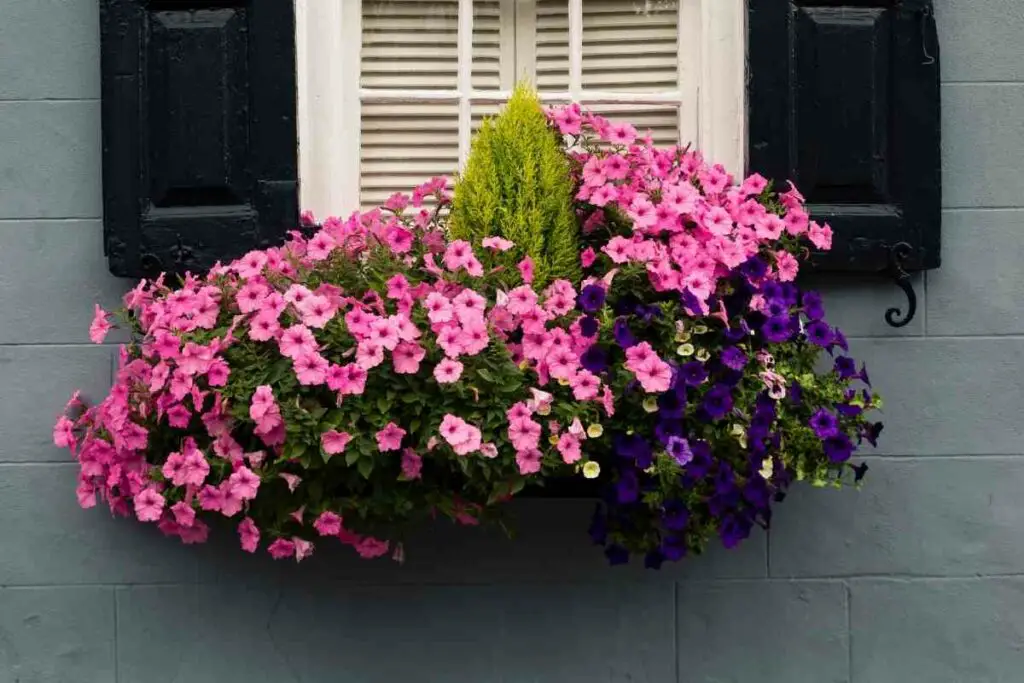
Overall, you’ll want to check for holes when buying a new pot!
Most of the time, the holes that come with the planter are fine.
So what size drainage holes work best?
Table of Contents
What Size Drainage Hole Does a Planter Need?
You’ll need to consider the size of the planter first.
Larger planters need to have bigger holes to drain water properly. Most small and medium planters are about four to 12 inches in diameter.
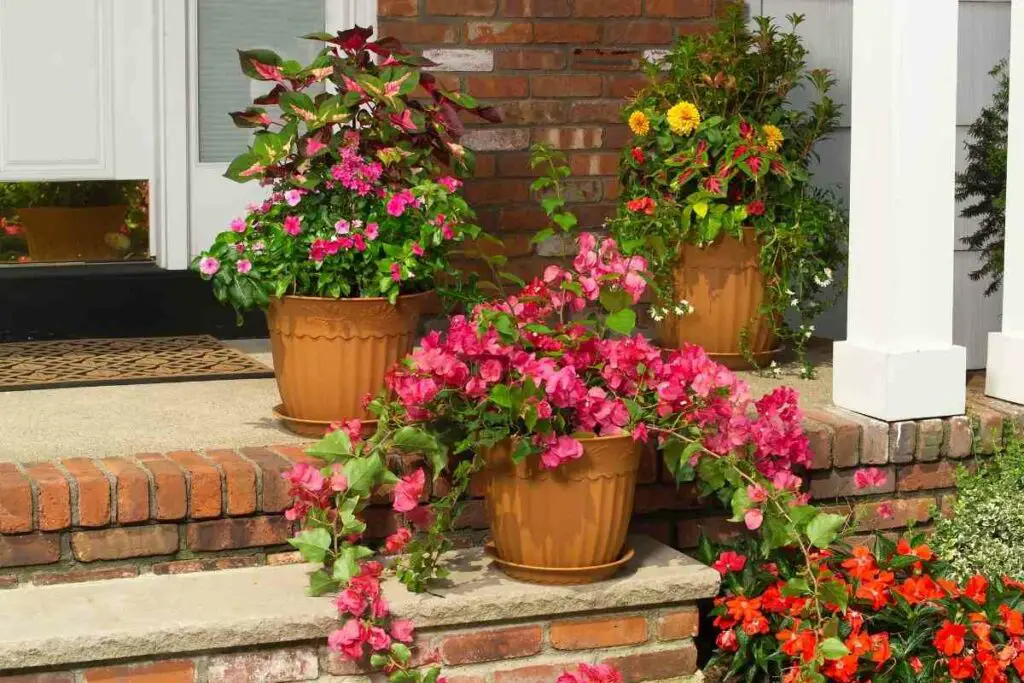
You’ll want the drainage holes to be about ½ inch or smaller for planters in that size range.
You’ll be OK with only one ½ inch hole on a small planter. However, you may want to add two or three to a medium planter’s bottom.
Heads Up! If you have a larger planter, you’ll want to make the holes about an inch around. A large planter is any pot with a diameter higher than 12 inches. You may want multiple holes for extra large planters!
Most planters already come with some drainage holes in place.
However, you can always drill them yourself if you’re worried they aren’t large enough.
Overall, you can add holes of any size and space them out however you want along the bottom of the planter.
How Do I Drill Holes in a Planter?
Start by placing some tape on the bottom of the planter where you plan to drill.
You’ll want the holes fairly spaced out so they don’t touch. Plus, it helps with drainage when they aren’t close.
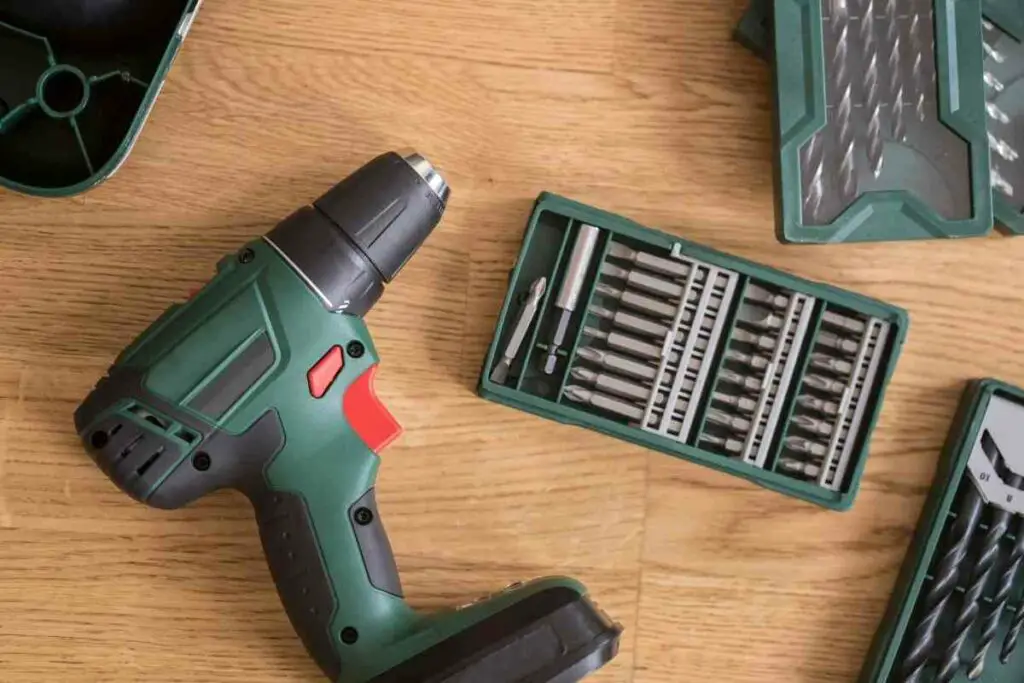
Good to know before start:
- Make sure to hold the planter steady.
- Then, use the drill to cut a hole through the planter. Depending on what type of drill you have, you can drill through many different planter materials. It should go through resin, ceramic, and terracotta easily.
- Most standard drills won’t go through concrete and brick pots without breaking! You’ll want to choose a masonry bit instead. The special tip should be able to cut through these durable materials without breaking.
In short, you can drill holes in the bottom of your planter!
You’ll only need to do this when the planter doesn’t already come with holes or only one small one.
Many store-bought pots don’t offer adequate drainage for their size- but you can always add more!
What Size Drill Bits Do I Need?
If you want to make a drainage hole that’s ½ inch around, you’ll need to use a bit that’s ½ inch.
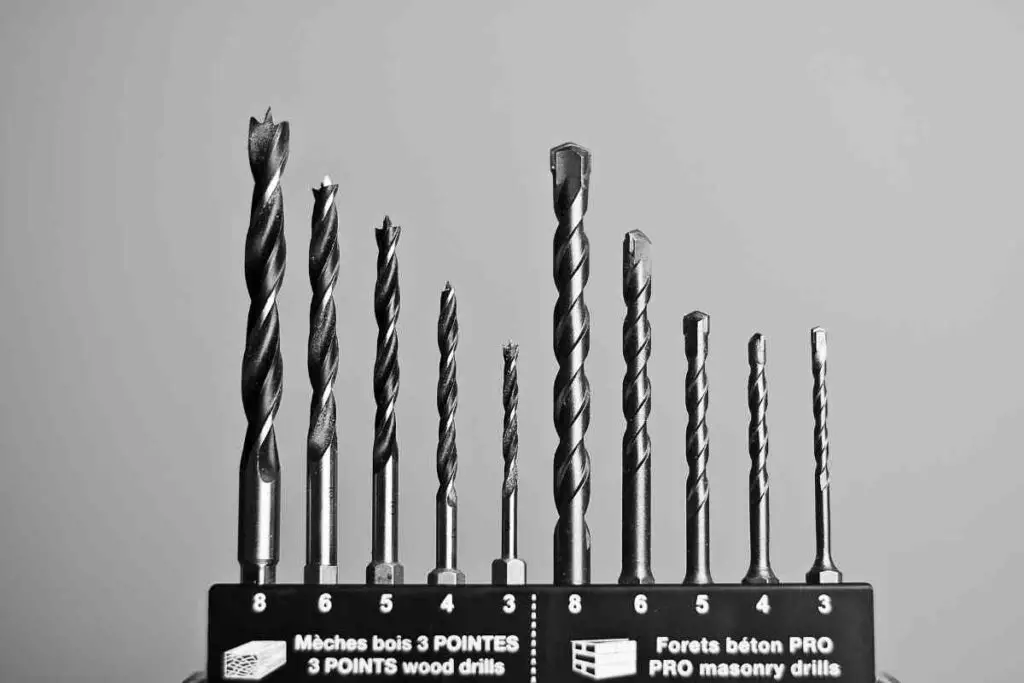
Since most planters consist of a hard material, you can use the exact size drill bit to get the hole you want.
You’ll want to use a bit that’s about 1/64 inch smaller than the size you want on soft materials.
Soft planters can stretch or warp slightly around the drilling area, making them larger than your target size.
Remeber This – When it comes to planters, you don’t need to measure out everything exactly! You’ll be fine as long as the holes aren’t so large that they let soil out!
Do Planter Baskets Have Drainage Holes?
Planters can also consist of basket materials.
If you have basket planters at home, you’ll still need to ensure they provide your plants with adequate drainage.
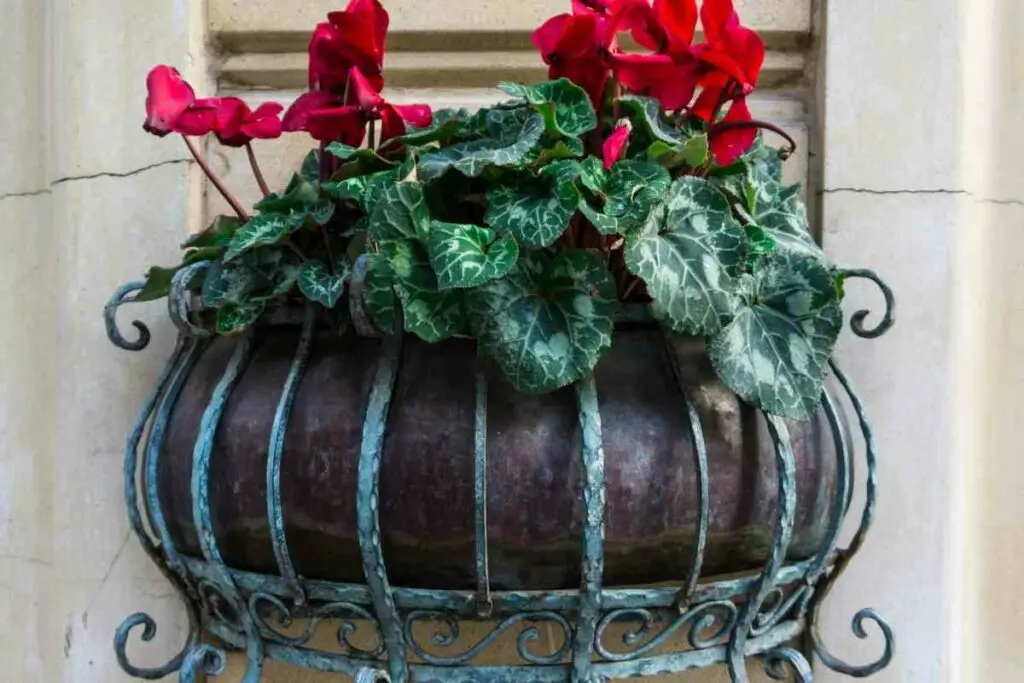
You’ll only need to add a couple of holes for the basket to drain efficiently.
Use a drill with a ¼ inch bit and cut up to four holes in the bottom of the basket. You’ll want to space them out evenly along the bottom of the planter.
You can use the same process described above. Once you’ve finished drilling, you can add the soil and plants as you normally would!
Or if you enjoy DIY why not try making your own planter basket.
What If I Make the Holes Too Big?
Suppose you accidentally drill holes that are too large.
In that case, you’ll notice that soil occasionally falls from the bottom of the basket planter.
Luckily, you won’t need to throw out the planter- this issue is very easy to fix!
Works Every Time – Add a mesh coffee filter over the holes in the bottom of the pot. The filter stops the dirt from falling out but still allows water to pass through.
You can also use other types of mesh if you don’t have a permanent coffee filter at home.
Overall, you won’t need to worry about making the holes too big since it’s a pretty easy fix.
Why Do Some Planters Not Have Drainage Holes?
Since plants need drainage to thrive, it’s strange to find one at the store that doesn’t come with any holes on the bottom!
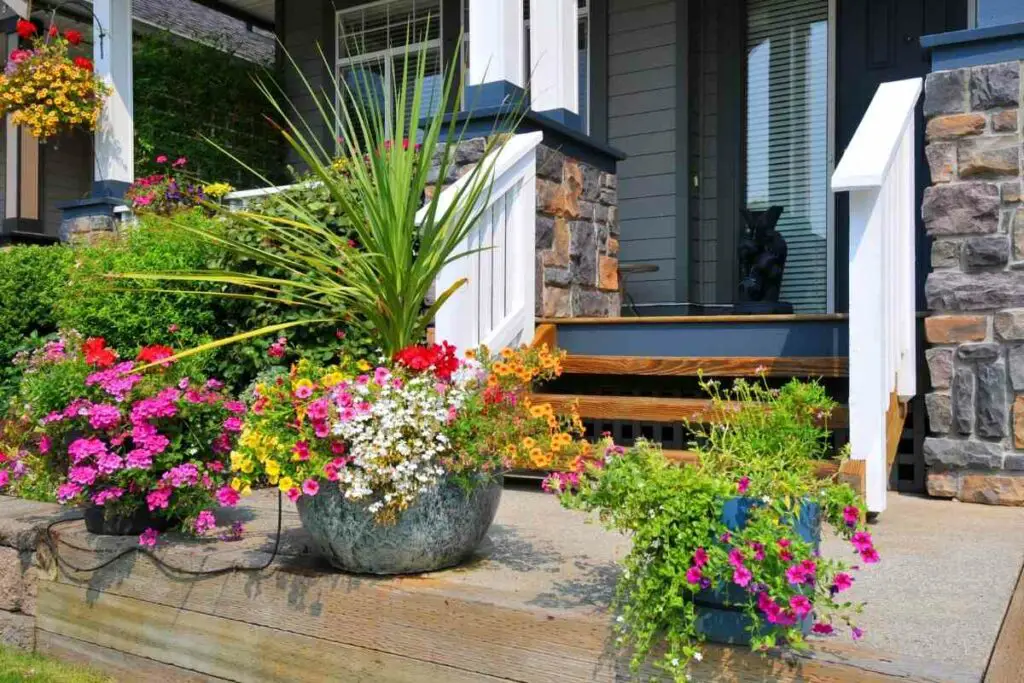
Most plants don’t like it when their roots are constantly wet.
Some plants don’t require drainage holes at all.
These planters without holes may be for them!
Some of these include:
However, if a planter’s missing a drainage hole, it also could be an oversight by the manufacturers.
Most plants will experience root rot if they don’t have proper drainage.
So, you’ll want to avoid planters without drainage holes or drill your own into them.
How Do I Add Drainage Without a Drill?
If you don’t own a drill, you can still add more drainage to planters that don’t come with holes.
You’ll need a bag of planting pebbles.
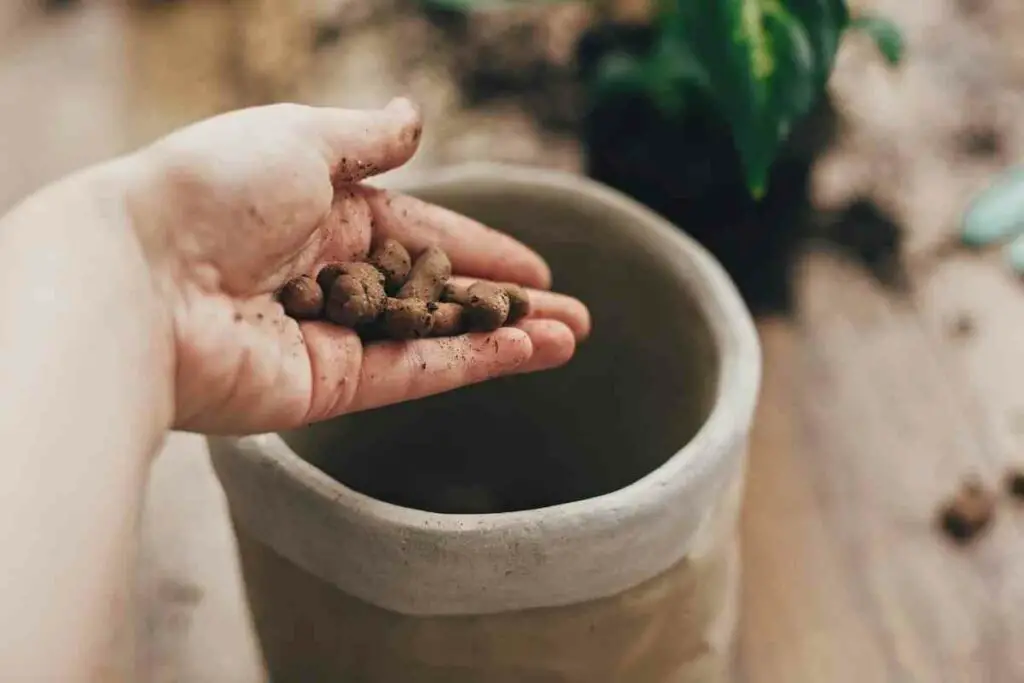
Before adding soil to the planter:
- Pour a few inches worth of stones into the bottom of the pot.
- Then, add your soil and plant like normal.
The pebbles create a layer between the roots and the bottom.
If you overwater the dirt, the water seeps into the pebble layer. It won’t sit against the roots and harm the plant.
This drainage option is best when you don’t want a hole for an indoor plant.
If you were to overfill it, the planter would leak dirty water all over your floor!
Overall, this method is very straightforward. It won’t take you long to add the pebbles.
Final Thoughts
Overall, you want your drainage holes to be about ½ inch on medium and small planters and an inch on large planters.
Keep in mind if your plant doesn’t like lots of moisture. Largen the holes if needed.
If you accidentally drill your hole too large, add a mesh coffee filter over the holes in the bottom of the pot. The filter stops the dirt from falling out but still allows water to pass through.
Read Also
- How to Dry Basil Leaves: A Professional Guide
- Is an Avocado a Fruit or Vegetable? Simple Answer and Explanation
- Does Pineapple Have Seeds? Exploring the Anatomy of Pineapples
- Blooming Through Winter: Can I Grow Vegetables Indoors in the Winter?
- What Can You Grow in a Greenhouse All Year Round: A Guide to Year-Round Greenhouse Gardening
- Are Blueberries Blue? Debunking the Myth of Their Color
















